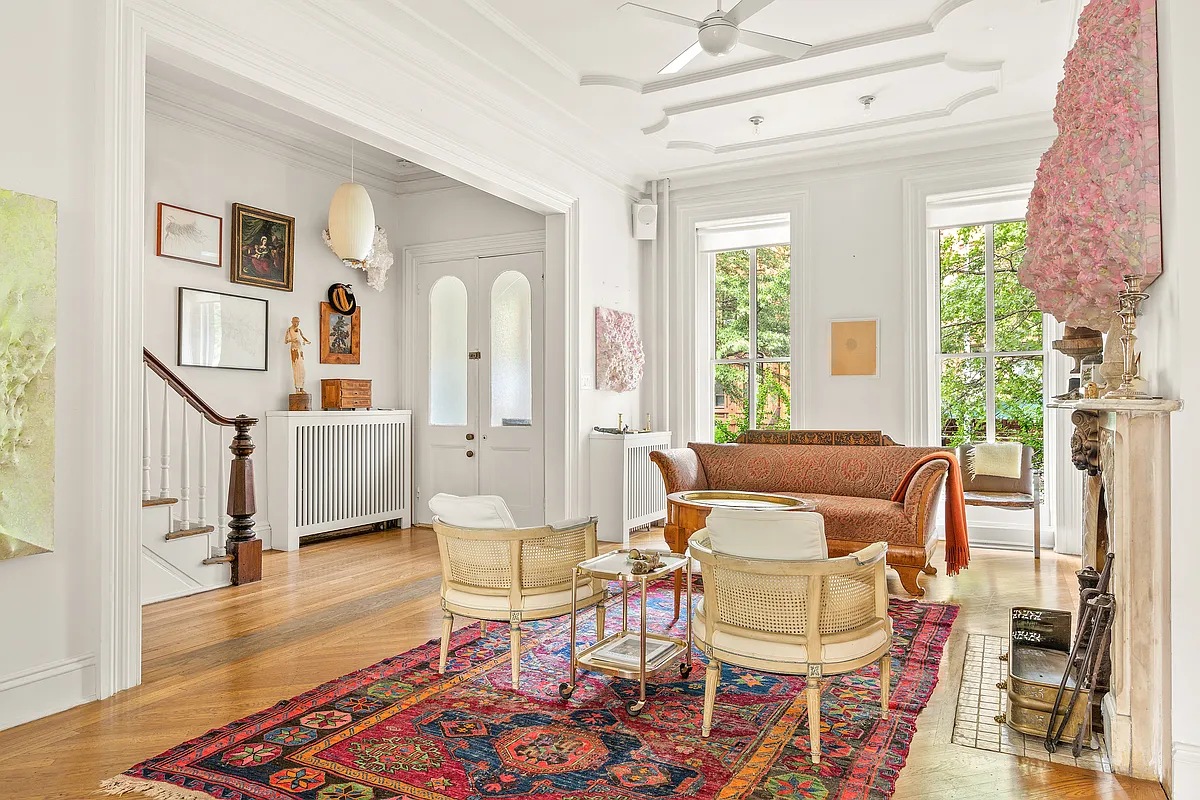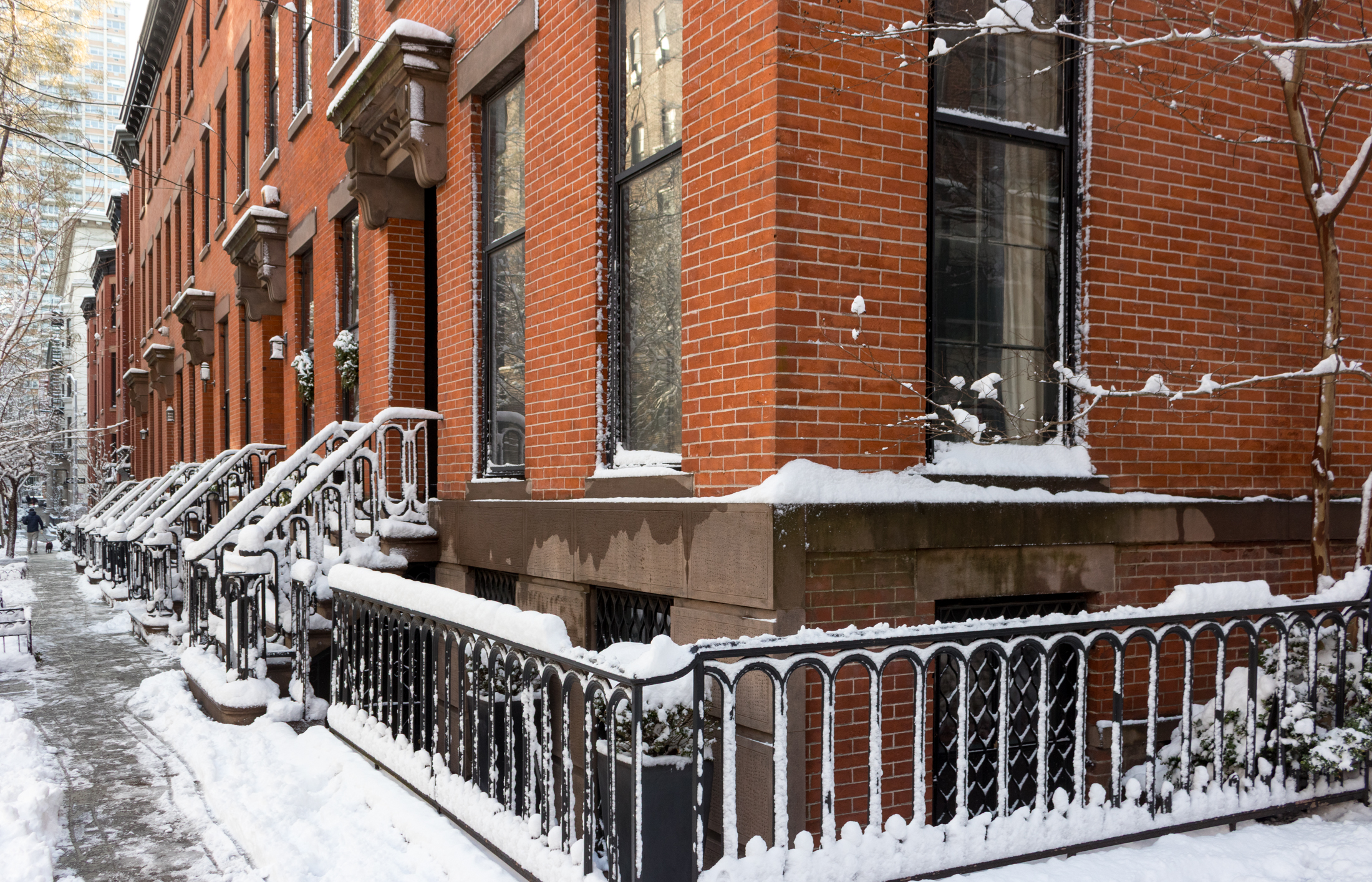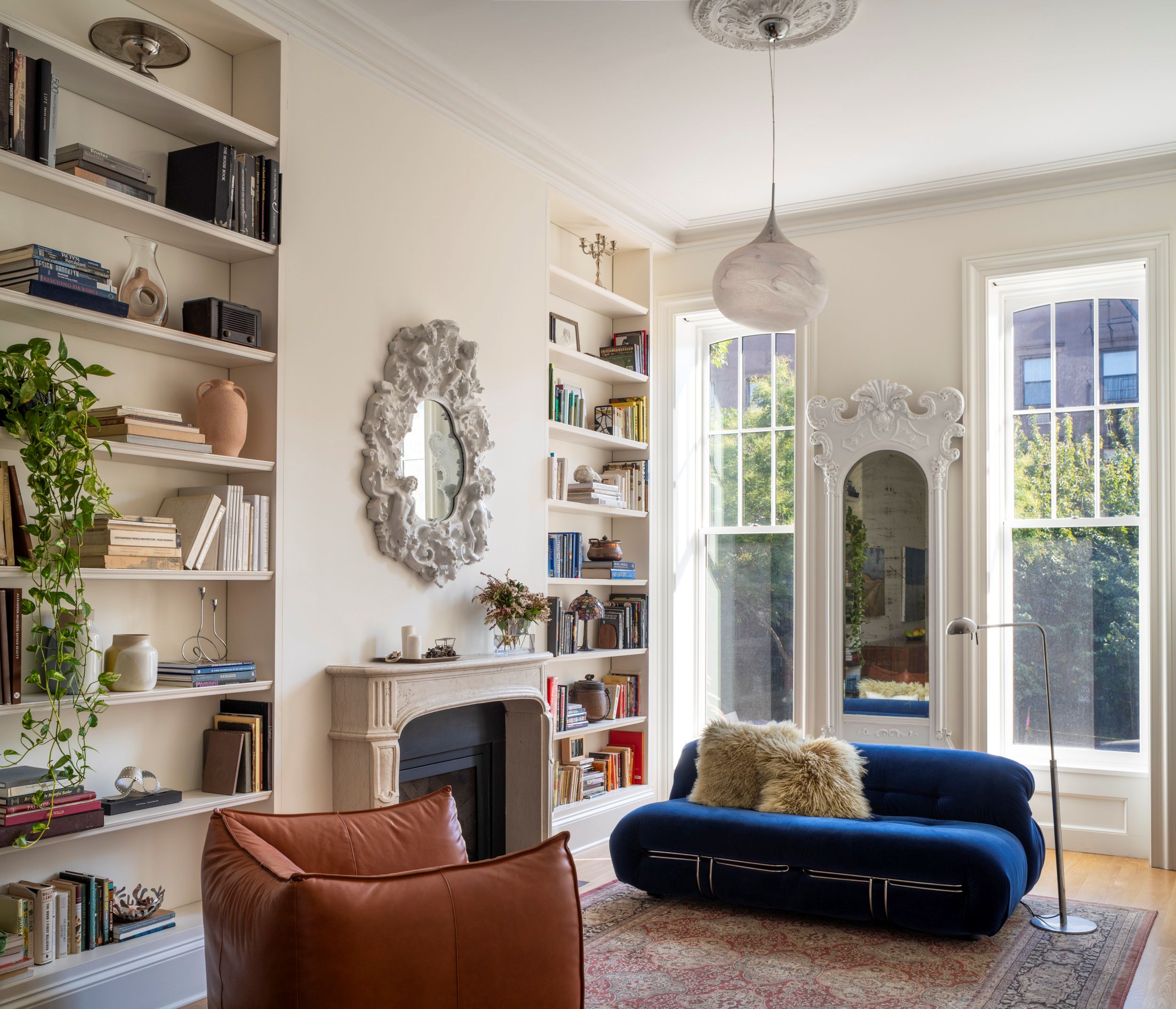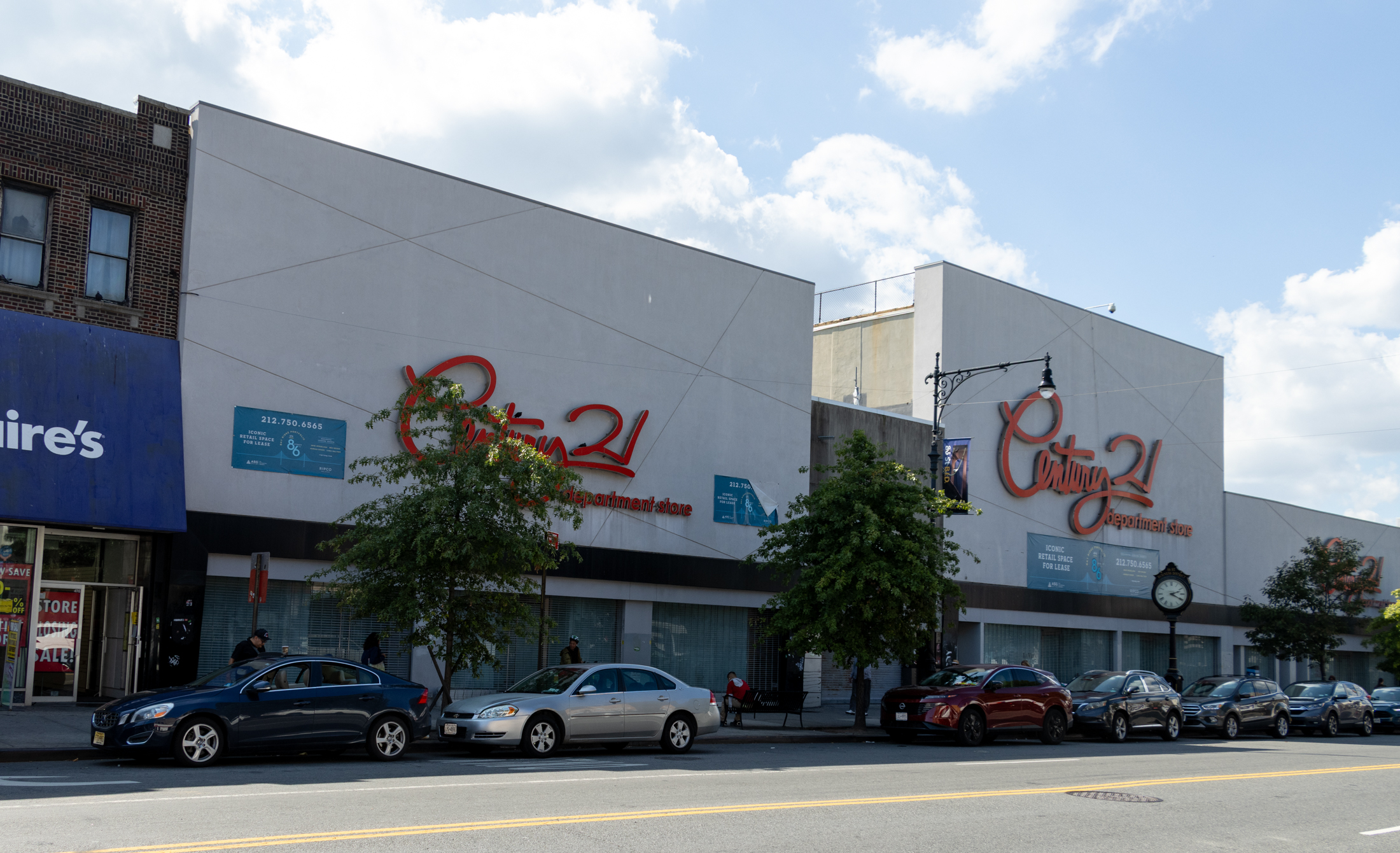Building of the Day: 662 Driggs Avenue
Brooklyn, one building at a time. Name: Storefront/flats building Address: 662 Driggs Avenue Cross Streets: North 1st Street and Metropolitan Avenue Neighborhood: Williamsburg Year Built: 1867 Architectural Style: Italianate Architect: Unknown Landmarked: Yes, part of Fillmore Place HD (2009) The story: In the mid-19th century, Williamsburg was undergoing rapid urban growth. The local farmsteads were…


Brooklyn, one building at a time.
Name: Storefront/flats building
Address: 662 Driggs Avenue
Cross Streets: North 1st Street and Metropolitan Avenue
Neighborhood: Williamsburg
Year Built: 1867
Architectural Style: Italianate
Architect: Unknown
Landmarked: Yes, part of Fillmore Place HD (2009)
The story: In the mid-19th century, Williamsburg was undergoing rapid urban growth. The local farmsteads were almost gone, sold to developers for houses and businesses. The town’s proximity to Manhattan was integral to its growth, and industry soon took over the East River shoreline. The Fillmore Place area was developed in the late 1860s.
Immigrants, mostly from Germany at this point, were pouring into Williamsburg, Greenpoint and Bushwick. This was the Eastern District, growing into becoming one of most prosperous and industrious immigrant communities to be established in Brooklyn. Fillmore Place, which intersects with this block of Driggs Avenue, is a small one block enclave that personifies this working class immigrant community in microcosm.
Workers need homes, so unlike many neighborhoods that were developed for single family townhouses, much of Williamsburg was always multiple-unit housing. Even the buildings that looked like one family brick and brownstone row houses were often tenement apartments, usually with an apartment on each floor or a storefront with apartments. Such was the case at Fillmore and this part of Driggs. Fillmore Place was laid out and developed by two merchant tailors from across the river; Alfred Clock and Ephraim Miller.
The two, who may have been connected by marriage, bought twelve lots, plus some other adjoining properties and began to develop them. They cut Fillmore Place through the middle and began building, or selling off the undeveloped property to others. The Italianate style houses they did build were all multi-family row house tenements. Other striving folk also followed suit, resulting in other similar buildings in the neighborhood. 662 Driggs is one of them.
The building was built in 1867, the same time tailors Clock and Miller were building down the street. 662 was built as an investment property for a shoemaker named Joseph A. Goeller, who lived and worked next door at 664 Driggs. That building is now gone. Goeller sold the building soon after it was completed, and it eventually passed to yet another craftsman, Valentine Nieting, a tailor. The Neiting family lived here for several decades.
Valentine Neiting’s daughter, Louise Marie married another tailor, a man who worked as a cutter with his father-in-law. His name was Heinrich Miller. They lived on the top floor apartment for a bit less than ten years. The Miller’s had a son who would become a famous American writer – Henry Miller, Jr. The Millers would move on, but young Henry never forgot his time on Driggs Avenue. He said in an interview with the New York Times in 1971, “I began my sojourn in Paradise in the first year of my life at 662 Driggs Avenue, Brooklyn, and I remained there until 1899…these few years are ineradicably engraved in my mind.”
Miller would also later write, in “The Tropic of Capricorn,” that “Fillmore Place was the most enchanting street I have ever seen in all my life. It was the ideal street—for a boy, a lover, a maniac, a drunkard, a crook, a lecher, a thug, an astronomer, a musician, a poet, a tailor, a shoemaker, a politician.” The Landmarks Preservation agreed, and designated Fillmore Place and the intersection block of Driggs Avenue a historic district in 2009. GMAP






What's Your Take? Leave a Comment